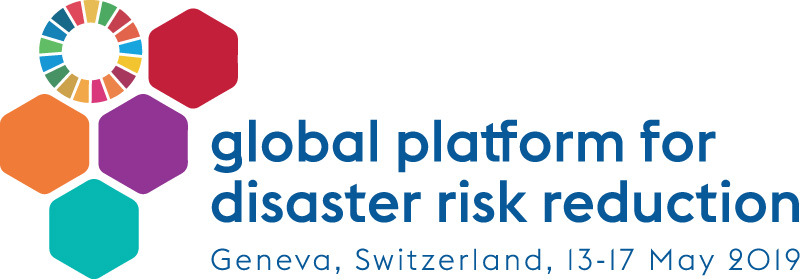Unveiling the true magnitude of disaster displacement: new tools, more evidence, better policies.
View map
- Organizer(s)
- Internal Displacement Internal Displacement Monitoring Centre
- Contact
- Vicente Anzellini (vicente.anzellini@idmc.ch)
The Internal Displacement Monitoring Centre (IDMC) is the leading source of information and analysis on internal displacement . Since 2008, we monitor displacement data in the context of disasters and provide the global picture of the phenomenon. To come up with our yearly figures, we developed and tested new analytical tools to address the many gaps and challenges regarding data and information on situations of disaster displacement. These tools support our daily monitoring, allowing us to provide verified, triangulated, consolidated and multi-sourced estimates of the number of internally displaced persons, or populations at risk of becoming displaced by disasters across the world.
At the innovation platform, IDMC would like to showcase and display two of its applications of innovative approaches in disaster risk reduction: IDETECT and the Global Disaster Displacement Risk Model.
IDETECT, The Internal Displacement Event Tagging Extraction and Classification Tool, is an innovative tool that uses machine learning and natural language processing to increase data production on internal displacement triggered by disasters. IDETECT mines large news databases that account for approximately 98 per cent of the world’s broadcast news (regardless of the format). It applies natural language processing and machine learning algorithms to identify incidents of internal displacement, classify them by cause of displacement, and extract key information from their sources, such as geographical location and number of people displaced, in almost real time.
The Global Disaster Displacement Risk model builds on the idea that ""most disasters that could happen have not happened yet”. Deterministic approaches are limited by the fact that they only use empirical data going back twenty to fifty years. Probabilistic models complement this information by reproducing the physics of hazards and their potential intensity, using mathematics to simulate future displacement. IDMC developed the first global disaster displacement risk model, which combines the analysis of historical disaster data with a probabilistic approach to assess the risk of displacement associated with disasters.
These tools are used by IDMC to come up with the yearly figures, that are published in the Global Report on Internal Displacement (new results will be ready by the GP19). As these tools are open source and free of use, they can also be adapted and extended to support operational programming and policy decision-making by many actors at all levels. They are built on the rationale that disaster risk reduction is everybody's business, therefore everyone should be able to access disaster displacement and risk data to support decision-making for resilience. Via interactive exchanges and data visualisation, we aim to present these to all those attending the Global Platform and who are interested in building disaster resilience and reduce risk, in line with the Sendai Framework for DRR.
